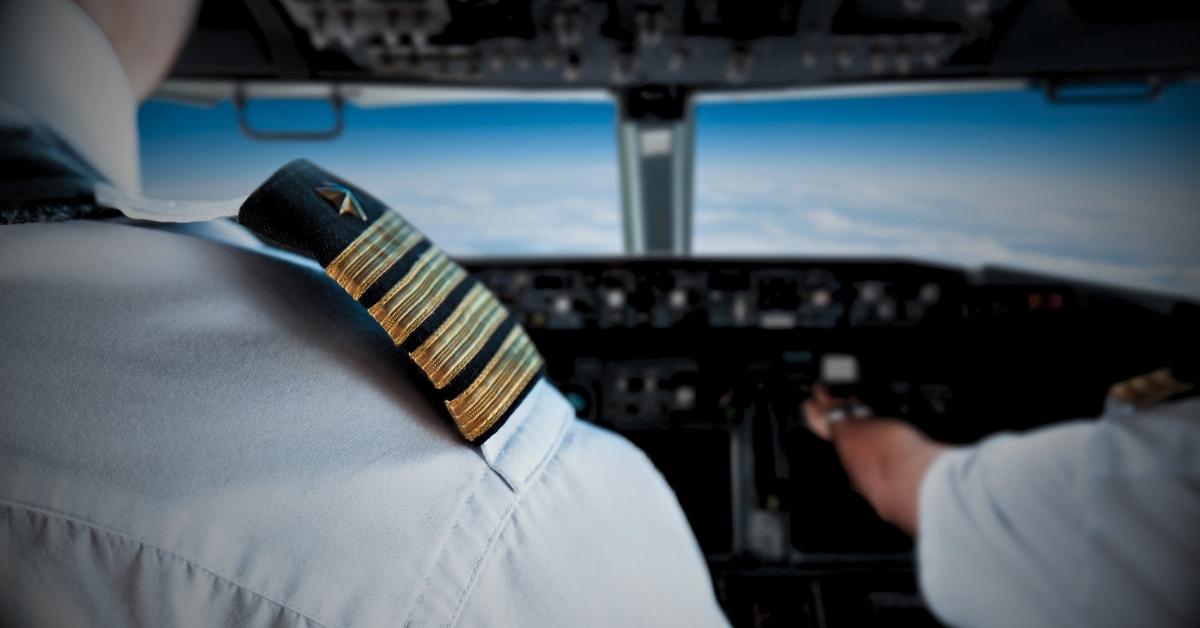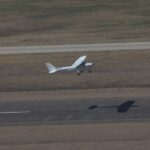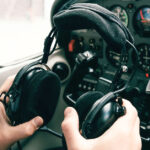Choosing a career in aviation can be one of the most rewarding decisions you’ll ever make. But contrary to popular belief, becoming a pilot doesn’t just mean flying for the airlines. The aviation industry offers a wide range of professional paths, each with its own unique mission, pace, and lifestyle.
Whether you’re just beginning your journey or exploring your options, this guide outlines key aviation career paths and what to consider as you plan your journey.
Step 1: Start with the Right Certifications
Before pursuing any professional pilot role, you’ll need these foundational certifications:
Private Pilot Certificate (PPL): Your entry into aviation. Allows you to fly for personal use but not for compensation.
Instrument Rating (IR): Teaches you to fly in low-visibility and weather conditions using instruments alone.
Commercial Pilot Certificate (CPL): Required to be paid for flying. Opens the door to most aviation careers.
Certified Flight Instructor (CFI): One of the most common early-career positions and a great way to build experience
Multi-Engine Rating (ME): Required to fly aircraft with more than one engine, a common requirement for many jobs.
With these certifications, you can choose from several aviation career paths.
Career Paths to Consider Beyond the Airlines
1. Certified Flight Instructor (CFI)
Teaching others to fly is often the first step after earning your commercial certificate. It allows you to:
- Build hours toward the 1,500 required for airline jobs.
- Strengthen your skills through teaching.
- Earn a steady income while gaining experience.
Many airline pilots begin their careers as instructors, and some build long-term careers as senior instructors, check airmen, or chief flight instructors.
2. Charter and Corporate Aviation (Part 135 and Part 91)
Corporate pilots fly private jets or turboprops for companies or high-net-worth individuals. Charter pilots, on the other hand, handle a variety of on-demand flights.
- Offers variety in destinations and passenger interaction.
- May involve irregular hours, including nights, weekends, or on-call duty.
- Typically requires multi-engine and turbine experience.
3. Cargo and Freight Operations
Not all flying jobs involve passengers. Companies like FedEx, UPS, and regional cargo carriers rely on pilots to transport goods quickly and safely.
- High demand and growing opportunities.
- Night flights are common.
- Often offers quicker upgrade paths and solid pay.
4. Agricultural Aviation (Ag Pilot)
Also known as crop dusting, this high-skill role involves flying low over farmland to spray crops or apply fertilizer.
- Requires advanced stick-and-rudder skills.
- Seasonal work, often in rural areas.
- Typically paid by the acre, can be lucrative but physically demanding.
5. Aerial Survey and Mapping
This involves flying precise routes over specific terrain while collecting imagery or data.
- Requires detail-oriented, precision flying.
- Can be a great way to build hours.
- Often solo flying with long cross-country legs.
6. Banner Towing and Skydiving Operations
These entry-level jobs offer a unique flying experience and a chance to build hours affordably.
- Great for time building early in your career.
- Often in older aircraft and specific regions (e.g., coastal cities).
- Less structured, but excellent for developing situational awareness.
7. Law Enforcement or Government Aviation
Some pilots fly for police departments, fire surveillance, border patrol, or other agencies.
- May require previous military or law enforcement experience.
- Offers steady employment and benefits.
- Often requires specialized training and clearances.
8. Test Pilot or Experimental Flying
This specialized path involves flying prototype aircraft, new designs, or modified airplanes.
- Requires extensive training, often with an engineering or military background.
- Highly technical and high-risk.
- Typically pursued later in a career with significant experience.
What to Consider When Choosing a Path
- Your Long-Term Goals: Do you want stability, flexibility, or adventure?
- Lifestyle Preferences: Are you comfortable with night flying, extended travel, or last-minute changes?
- Income Expectations: Some paths pay more than others, but the lifestyle and fulfillment may vary.
- Type of Aircraft You Enjoy Flying: Jets, props, or something else?
- Willingness to Relocate: Some jobs are region-specific and may require moving.
How American Flyers Helps You Navigate These Options
At American Flyers, we do more than just train pilots: we help them chart a path. Our programs are designed to give students:
- Access to instructors with real-world experience in various sectors.
- Standardized, consistent training designed for practical application.
- Mentorship to help you align your goals with the right path.
- Connections to industry partners and opportunities for CFI positions.
Choose the Career That Fits YOU
The aviation world is much bigger than just flying for the airlines. Whether you dream of teaching others, flying a private jet, or spraying crops over farmland, the sky truly is the limit.
Starting with a solid foundation and expert guidance from a trusted flight school like American Flyers ensures that wherever you want to go, you’ll be ready to fly there with confidence.










